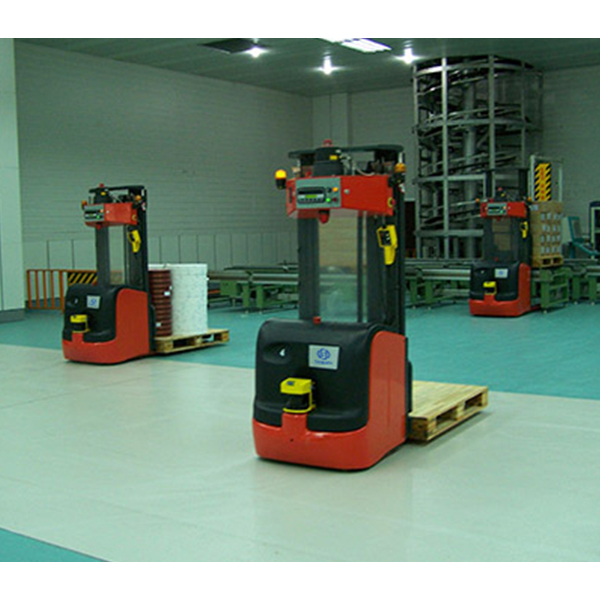An enterprise producing glass fiber, combined with its own production process characteristics, carried out a large number of machine substitutions, which significantly improved production efficiency. Among them, AGV trolley, as an important part of realizing automatic material handling, plays a pivotal role in the entire automated production.
Under the wave of the development and reform of smart manufacturing, traditional manufacturing is gradually moving towards smart manufacturing. The manufacturing industry has begun to introduce a large number of CNC machine tools, intelligent industrial robots, automated complete production lines, etc., and develop intelligent production equipment such as intelligent instrumentation, intelligent engineering machinery, and AGV automatic transport vehicles.

Due to the many constraints of traditional logistics and handling methods, the production efficiency of the glass fiber industry cannot be maximized, and it is not conducive to the transformation and upgrading of intelligent production. In contrast, AGV trolley handling has the characteristics of flexibility and high degree of information, which can realize information transmission and exchange with other intelligent equipment, fine control, and unlimited working time. Through the management of the upper system and the dispatching system, the automatic transport vehicle system (AGVS) can automatically plan a better transport route based on the material point information, improve transport efficiency, reduce production costs, and achieve precise control of the production process.
In the automated logistics system of the glass fiber industry, the main function of the AGV is to automatically transport the silk cake from the drawing area to the drying area for drying or short-cutting area. To realize the automatic identification, transmission, distribution, storage and management of products from production to warehousing.
 中文
中文 English
English
